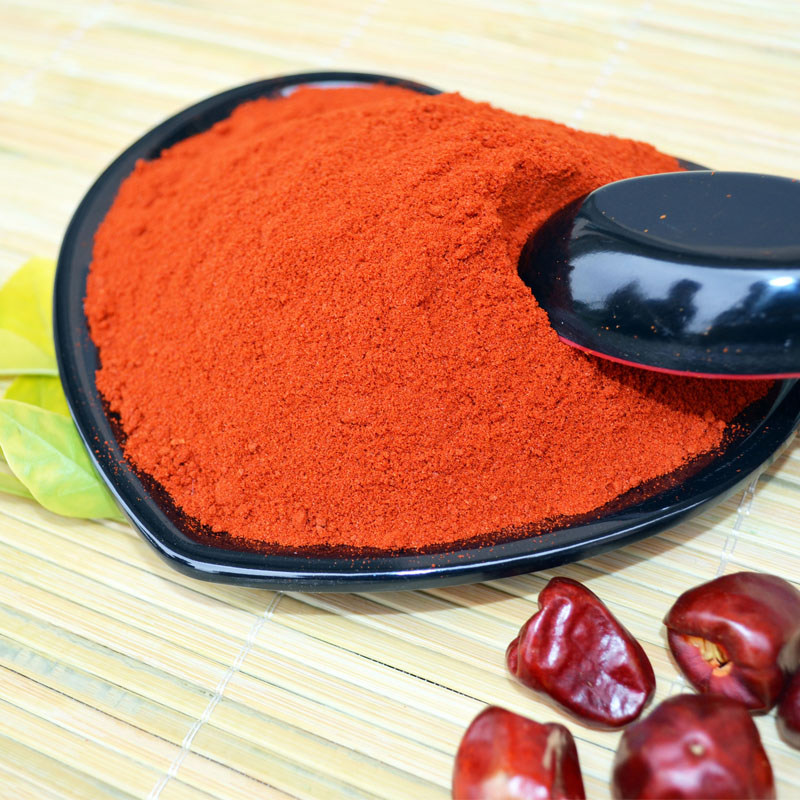- No. 268 Xianghe Street, Economic Development Zone of Xingtai city, Hebei 054001 China
- Byron@hbhongri.cn
Exploring the Unique Flavors and Culinary Uses of Chinese Smoked Paprika in Traditional Dishes
The Essence of China Smoked Paprika A Deep Dive into Flavor
When it comes to spices, few can capture the imagination and taste buds quite like smoked paprika. Known for its vibrant color and rich flavor, smoked paprika has carved out a niche not only in Spanish cuisine but also in the culinary landscape of China, where traditional cooking methods and regional flavors combine to create an extraordinary blend.
Historical Context
Paprika, originating from Central America, was introduced to Europe in the 16th century and rapidly became popular, particularly in Spain. Its Chinese counterpart, however, emerged from a different trajectory. The integration of paprika into Chinese cooking can be attributed to the country's growing interactions with international cuisines and the gradual acceptance of diverse ingredients. Chinese chefs have creatively adapted smoked paprika into various dishes, lending a unique twist to traditional flavors.
What Makes Smoked Paprika Unique?
Smoked paprika, also known as pimentón, is made from grinding dried, smoked red peppers. This smoking process, typically performed over oak wood, infuses the spice with a deep, earthy flavor that can vary from sweet to hot, depending on the type of pepper used. This depth of flavor is what sets smoked paprika apart from regular paprika. In Chinese cooking, where balance and harmony of flavors are paramount, smoked paprika offers a nuanced addition that complements the umami-rich base of many dishes.
Culinary Applications in Chinese Cuisine
china smoked paprika

In the ever-evolving landscape of Chinese cuisine, smoked paprika has found its way into numerous flavors and recipes. One popular application is in the creation of marinades for meats and seafood. The smoky undertones of the paprika enhance the natural flavors of proteins, making them more complex and appealing. Imagine a smoked paprika-infused marinade for beef, combined with soy sauce, ginger, and garlic—a perfect blend that embodies the soul of Chinese flavors with a twist.
Additionally, smoked paprika can be a delicious addition to stir-fries, soups, and vegetable dishes. Incorporating it into a classic stir-fry yields a surprising burst of flavor that elevates the dish. Imagine vibrant bell peppers, broccoli, and tofu sautéed with garlic, ginger, and a generous sprinkle of smoked paprika, creating a feast for both the eyes and the palate.
Health Benefits and Nutritional Value
Not only does smoked paprika enhance the flavor of dishes, but it also offers several health benefits. Rich in antioxidants, particularly carotenoids, it contributes to overall health and wellness. These compounds help combat oxidative stress in the body, promoting better health outcomes. Moreover, the inclusion of smoked paprika in cooking adds a distinctive taste without the need for excessive salt or fat, making it a good choice for those looking to maintain a balanced diet.
Conclusion
The infusion of smoked paprika into Chinese cuisine is a testament to the global nature of cooking and the endless possibilities of flavor combinations. As chefs and home cooks alike continue to explore this spice, it is set to become a staple in kitchens across the world. With its deep, smoky flavor, vibrant color, and health benefits, China smoked paprika is not just a spice—it's a gateway to a fusion of worlds that celebrates both tradition and innovation. Embrace this versatile ingredient and let it transform your culinary creations, bridging the gap between cultures and tantalizing taste buds in the process.
-
Turmeric Rhizome Powder: A Golden Treasure from Roots to TableNewsJul.28,2025
-
The Versatile Application Of Crushed Red Hot Peppers: Lighting Up The Red Flames On The Dining TableNewsJul.28,2025
-
The Paprika: A Touch Of Vibrant Red In Color, Flavor, And CultureNewsJul.28,2025
-
Ground Turmeric: A Modern Examination of an Ancient SpiceNewsJul.28,2025
-
Capsicum Liquid Extract: Features, Applications, and ChallengesNewsJul.28,2025
-
Application of Capsicum Liquid Extract in FoodNewsJul.28,2025







